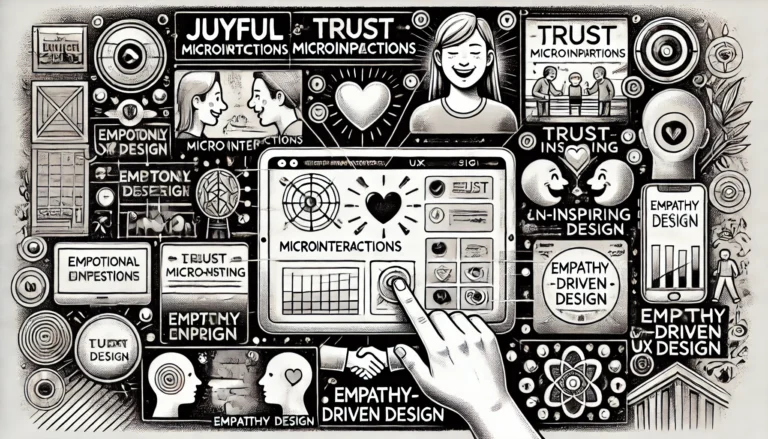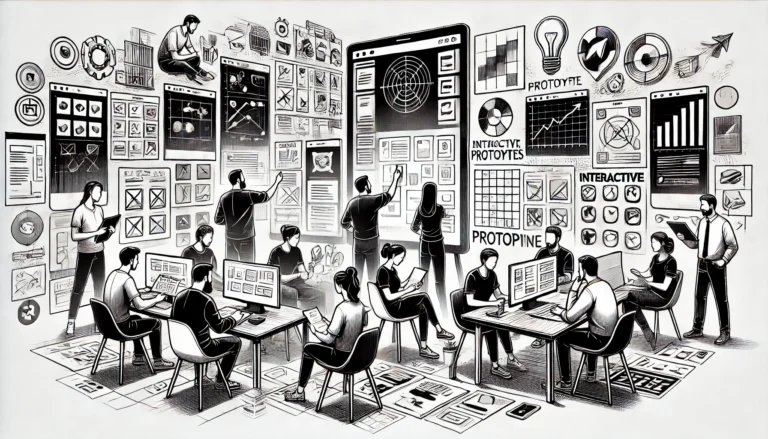In today’s fast-paced digital world, delivering a seamless user experience (UX) and user interface (UI) requires tight collaboration among stakeholders. However, gaps between teams often arise, threatening the project’s success. These challenges are typically caused by differing priorities, communication breakdowns, or a lack of shared understanding.
Key Gaps in Stakeholder Alignment
- Differing Objectives
- Stakeholders: Business executives often prioritize ROI and market competitiveness, while design teams focus on user needs and aesthetics.
- Impact: Misaligned goals can result in design solutions that fail to meet business or user expectations.
- Lack of Shared Language
- Stakeholders: Developers, designers, and product managers may use jargon specific to their domains.
- Impact: Miscommunication can delay projects or create unnecessary iterations.
- Insufficient User Advocacy
- Stakeholders: Some stakeholders may underestimate the value of user feedback, favoring internal opinions over data-driven insights.
- Impact: Products risk being misaligned with user expectations, leading to poor adoption rates.
- Timeline and Resource Constraints
- Stakeholders: Pressure to meet deadlines can lead to rushed decisions that compromise UX/UI quality.
- Impact: Critical design details may be overlooked, impacting usability and functionality.
Strategies to Bridge These Gaps
- Foster Cross-Disciplinary Collaboration
Regular workshops or meetings can encourage open dialogue, aligning stakeholders around shared objectives and challenges. - Define Clear Roles and Responsibilities
Clearly delineate who owns what aspects of the project to avoid overlapping or conflicting priorities. - Promote a User-Centric Culture
Involve users in testing and decision-making processes to ensure their needs remain a top priority. - Leverage Visual Tools and Prototypes
Use mockups, wireframes, or prototypes to translate complex ideas into tangible concepts for all stakeholders. - Establish a Feedback Loop
Create a structured process for gathering and acting on feedback from all stakeholders, ensuring transparency and accountability.
Conclusion
Bridging gaps between stakeholders in UX and UI projects is crucial for creating designs that meet both user and business needs. By fostering collaboration, promoting user-centric practices, and streamlining communication, teams can overcome these challenges and deliver impactful solutions. Addressing these gaps early on can transform potential roadblocks into opportunities for innovation and growth.



